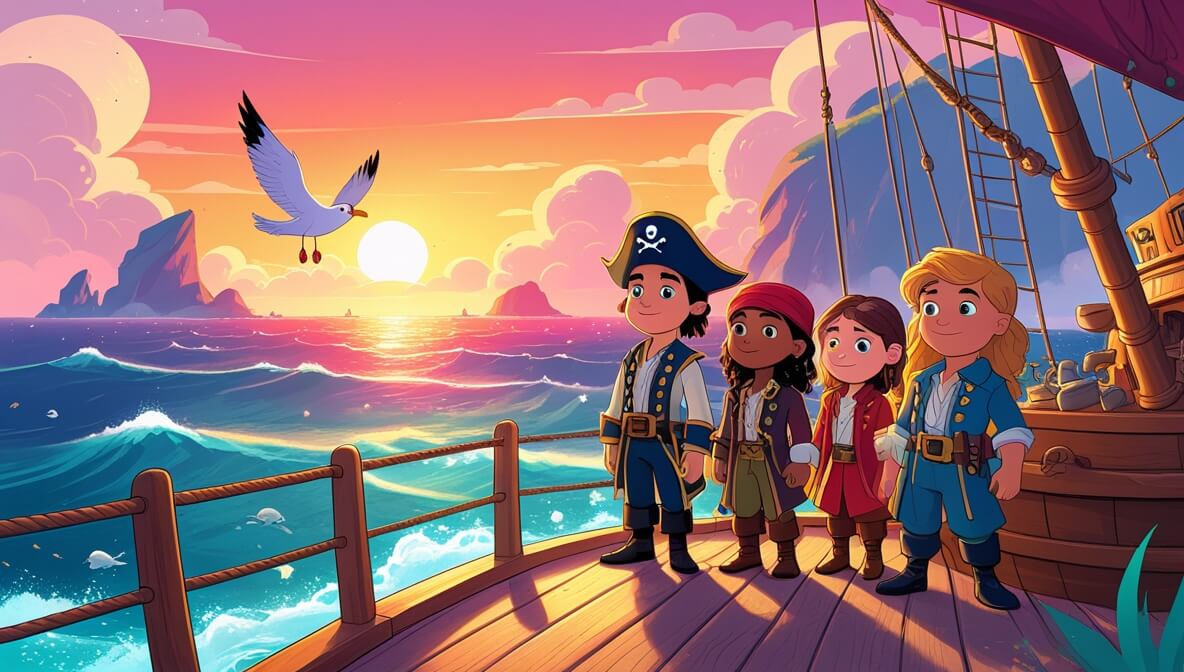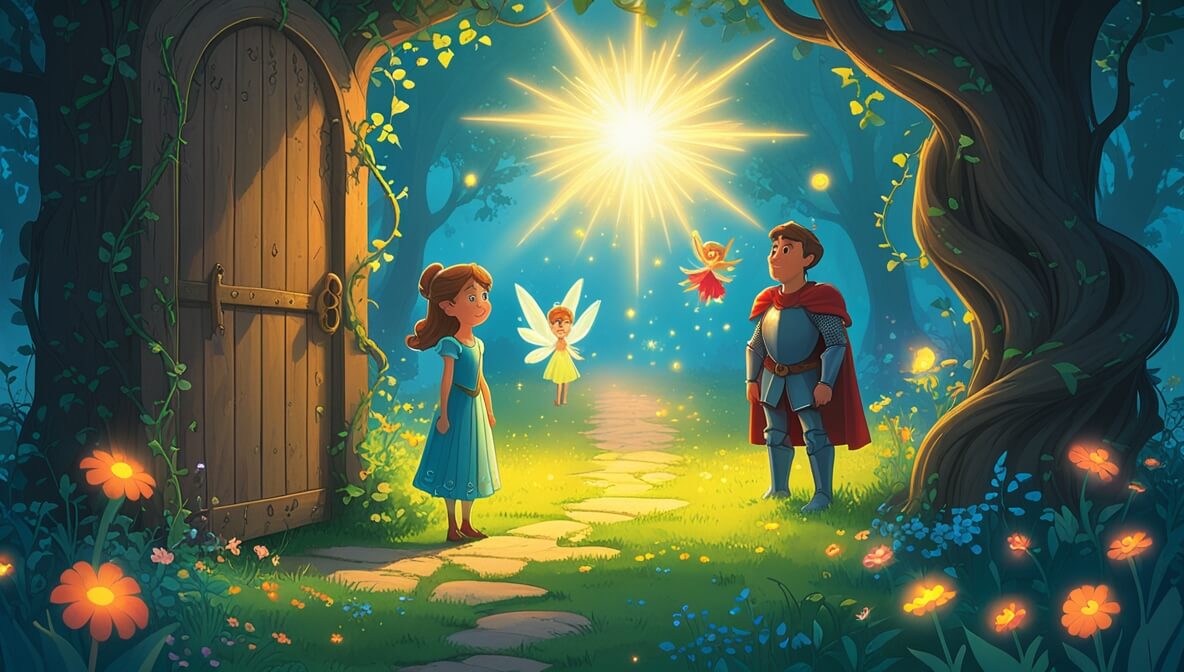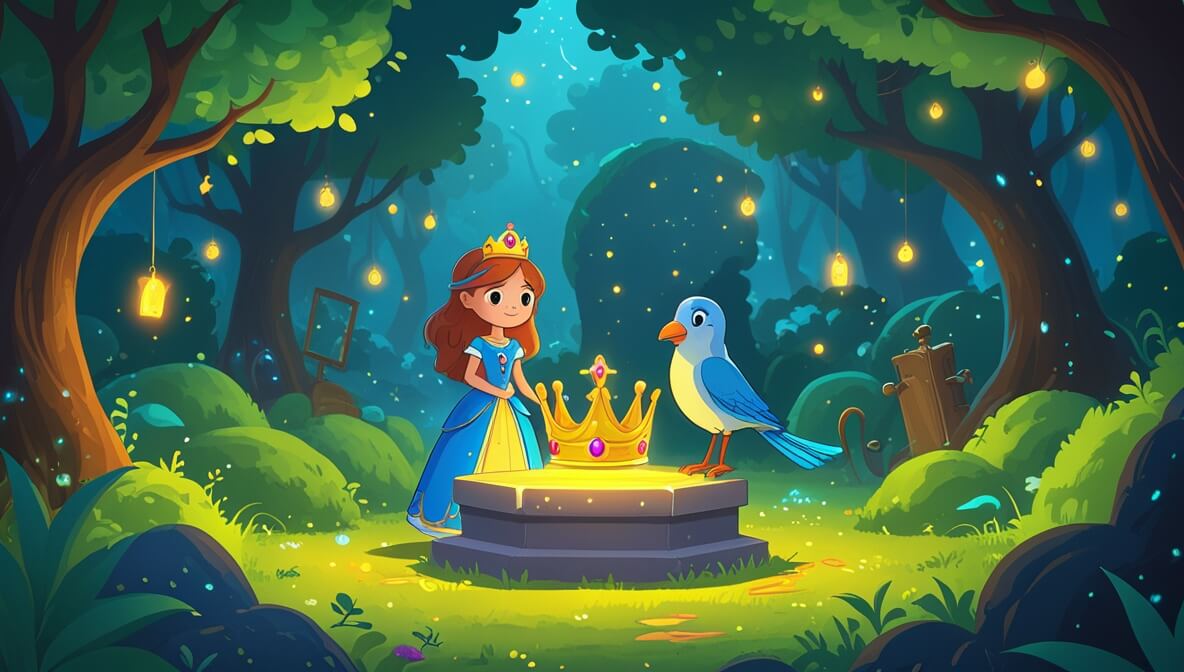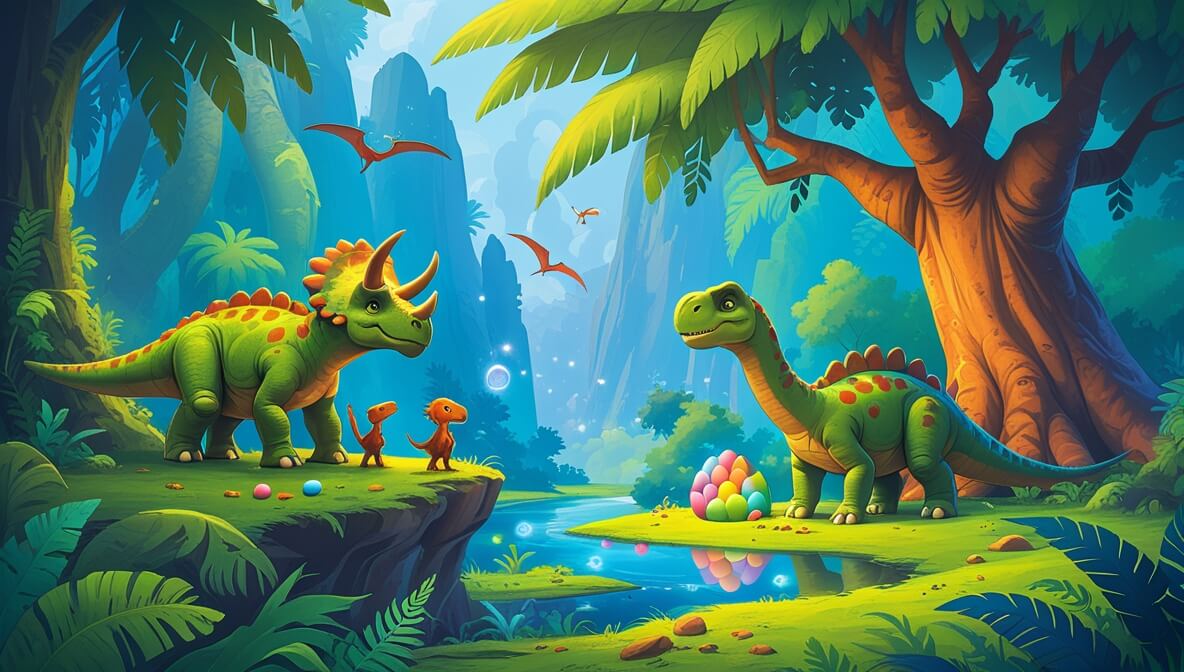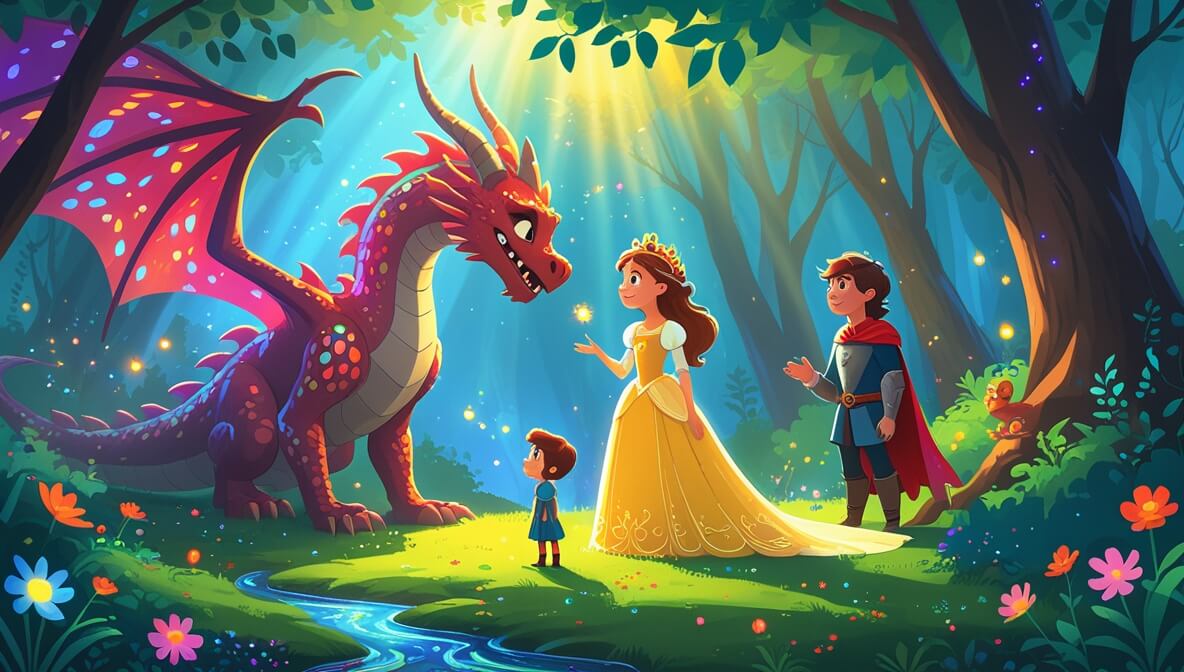Join Captain Finn and his loyal crew as they embark on a daring adventure across the seas in search of a legendary treasure. Along the way, they face unexpected challenges, make new friends, and discover the true meaning of bravery and loyalty.
Age Recommendation
3 – 12 years
Characters
Characters:
- Captain Finn (a brave and kind pirate captain)
- First Mate Jett (a clever and loyal sailor)
- Marina (a mysterious islander with a secret)
- Old Salty (a wise and old sea turtle)
Story
Once upon a time on the sprawling Sea of Wonders, Captain Finn and his crew sailed aboard the grand ship, The Seagull’s Wing. They were on a quest to find the legendary treasure of the Lost Lagoon. The treasure was said to be guarded by ancient magic, and only those with the purest hearts could find it. First Mate Jett had spent many nights studying the old pirate map and was eager to put his knowledge to the test.
The Mysterious Island
One morning, as the sun painted the sky in shades of pink and orange, the crew spotted a strange island on the horizon. “That’s the Isle of Secrets!” exclaimed Jett, pointing. As they approached, the island seemed to shimmer, as if beckoning them closer. On the shore, they met Marina, a mysterious islander who warned them of the island’s many dangers. “You must be brave and true,” she advised, “for only then will the treasure reveal itself.”
Navigating the Stormy Seas
Undeterred, Captain Finn and his crew continued their journey. Suddenly, dark clouds gathered above, and the sea turned wild. “Hold on tight!” shouted Captain Finn as the ship rocked fiercely. The crew worked together, pulling ropes and adjusting sails, demonstrating the power of teamwork as they navigated through the storm. With grit and determination, they emerged victorious, the storm now a distant memory.
The Hidden Lagoon
After the storm, the sea was calm again, and a sense of excitement filled the air. Following the map, they discovered a hidden lagoon surrounded by towering cliffs. As they ventured further, they were greeted by Old Salty, the wise sea turtle who had seen many tides. “To find the treasure,” he said, “you must listen to your heart and not be swayed by greed.”
The Treasure Unveiled
With Marina’s guidance, Captain Finn and Jett bravely entered a mysterious cave. There, they found the treasure chest, but instead of gold and jewels, it was filled with glowing seashells and sparkling stones. “This is the true treasure,” Marina explained, “a reminder that the most valuable riches are those that bring joy and wonder.”
As they sailed back to their ship, Captain Finn realized that the real wealth lay in the friendships and memories they had made. The crew celebrated their adventure, knowing that they had discovered something far more precious than any gold.
The end.
Moral of the Story
True treasure is not measured by gold and gems but by friendships, experiences, and the joy found in life’s adventures.
Questions to Think About
- Why do you think Captain Finn’s crew was able to overcome the challenges they faced?
- What lesson did Captain Finn learn about treasure?
- How did working together help the crew through the storm?
- What would you consider a valuable treasure in your own life?
- If you were part of the crew, what role would you play and why?
Do You Know
- The compass, an important tool for pirates, always points north and helps sailors find their way in the sea.
- Many sea turtles, like Old Salty, can live for over 100 years.
Word Explorer
- Lagoon: A shallow body of water separated from a larger sea by barrier islands or reefs.
- Navigator: A person who directs the course of a ship.
- Treasure: Valuable things like gold, jewels, or anything considered precious.
Emotions in the Story
- Excitement: When the crew spotted the mysterious island and anticipated the adventure.
- Fear: During the storm when the waves were high, and the sky was dark.
- Joy: When they discovered the true treasure and celebrated their journey.
Color Your Scene
Imagine the moment the crew discovers the hidden lagoon, with its sparkling waters and towering cliffs. Picture the colorful seashells and stones in the treasure chest, and draw what you see using bright blues and greens to bring the scene to life.
Parents’ Corner
This story is a wonderful opportunity to discuss with your child the importance of values like:
Bravery: Talk about how facing fears, like navigating through a storm, helps us grow stronger and more confident.
Teamwork: Highlight how working together allowed the crew to overcome the challenges they faced.
Appreciation of simple joys: Encourage your child to find joy in everyday moments and experiences, just as Captain Finn discovered the true treasure.
Friendship: Explore the idea that friendships and relationships are the most valuable treasures we can have.

